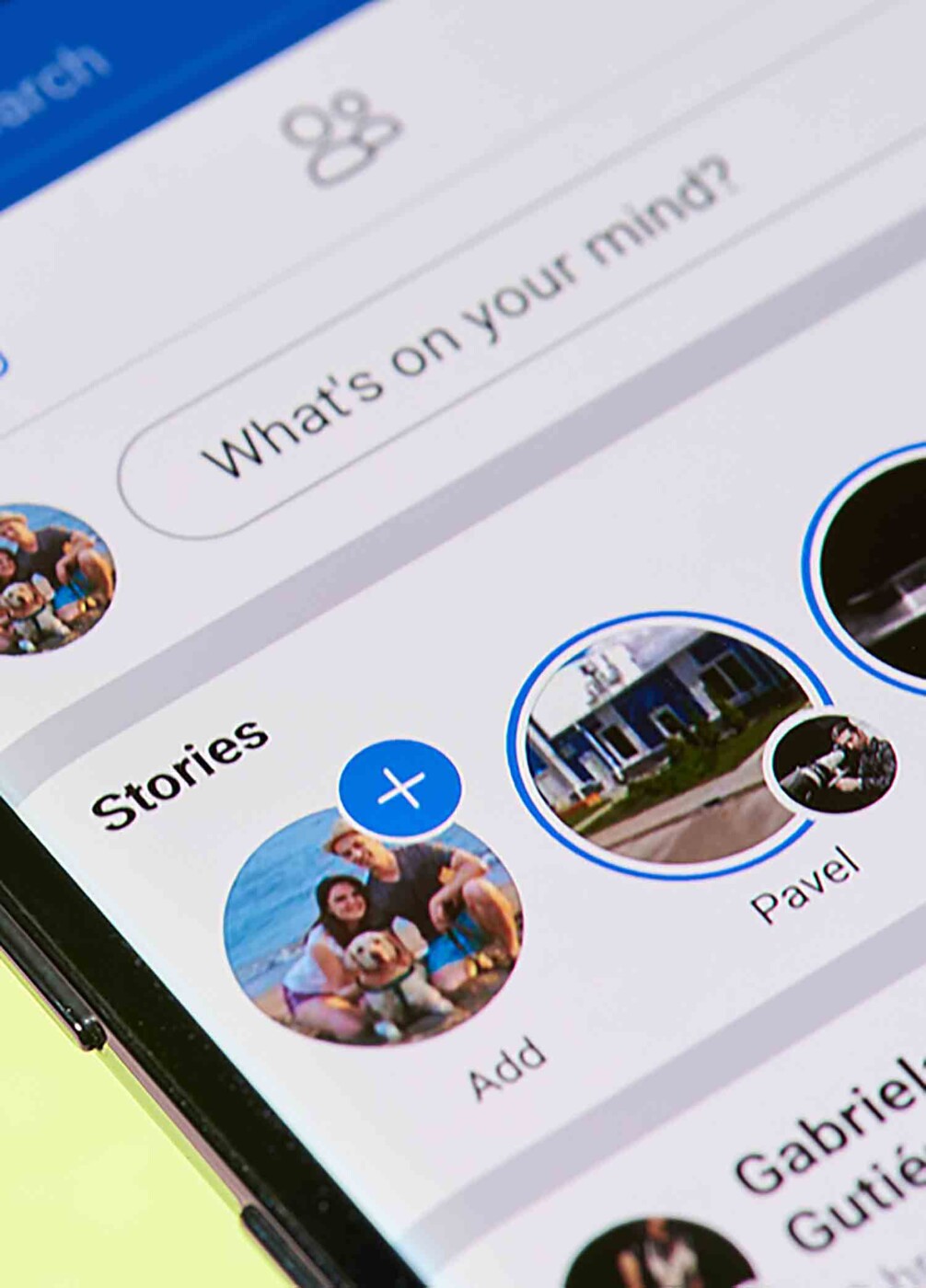On the surface, short-lived marketing (aka ephemeral marketing) is pretty self-explanatory. It’s a “here today, gone tomorrow, don’t blink or you’ll miss it” type of strategy – a response to Gen Z’s waning attention span and demand for authentic adverts.
It’s Snapchat. It’s Facebook and Instagram Stories. It’s any type of content (usually of the rich media variety) that shows up, gets in your face, then slips back into the shadows, never to be seen again.
After so many years of experts touting evergreen content above all else, what’s the deal with these marketing missives with an impossibly fleeting shelf life?
Let’s talk about short-lived marketing.
Marketing to the New Generation
Despite older generations muttering under their breath about “kids these days,” you don’t get more tech savvy, altruistic or intelligent than Gen Z. They were born in the age of the internet and have cut their teeth on tablets, laptops and mobile phones.
And since they’re on pace to become the nation’s largest group of consumers by generation any day now, it’s probably best that we start marketing to them the way they want to be marketed to.
Gen Z can sniff out a sales pitch from a mile away, and they’re not interested in any high-pressure tactics. Instead, they want honesty, authenticity, inclusion and diversity. They’re not here for what you sell as much as for who you are.
In short, Gen Z wants to see the real you, not a smoke and mirror show. Short-lived, frequent, targeted ads are right up their alley.
Benefits of Short-Lived Marketing
Aside from being the preferred advertising medium for the biggest generation, there are several benefits to this marketing tactic.
- Reduced planning time. When you’re creating a video clip that can be as short as 15 seconds, it’s easy to get it shot and distributed in a very short time.
- Instant results. Since short-lived marketing relies on FOMO (fear of missing out), you can expect the people who definitely want your product or service to act immediately.
- Mistakes are more easily overlooked. When your message only lasts for 24 hours, the odd mistake isn’t as glaringly obvious as it would be if you were running a long-term campaign.
- Tweaks are simple. Did you miss your mark? Is today’s story flopping? That’s OK, because tomorrow is a brand-new day, and there’s plenty of time to tweak things a bit.
Drawbacks of Short-Lived Marketing
Short-lived content does have its fair share of cons, however.
- It’s, well … short-lived. Did you just create the video of a lifetime? Cool! Too bad it’s going to disappear in a few hours.
- Editing can be difficult. Do you spend an extra five minutes on the latest video? Because the content is so short-lived (and because you need so much of it), you sometimes might find yourself sacrificing quality for quantity.
- You’re acquiring, but not necessarily retaining. When used on its own, short-lived marketing will bring customers in. But there’s really no room in the gameplan for keeping them there without long-term marketing strategies for retention.
- You alienate older generations. Just because short-lived marketing is all the rage for Gen Z, baby boomers and Generation X might not love it quite as much. Great Aunt Muriel probably isn’t on Snapchat and has no idea what “do it for the Gram” even means.
The Bottom Line
Short-lived marketing has its place. But unless your audience is 100% Gen Z and you already have massive reach on your social platforms, it’s probably not something your small business wants to get behind. (And if you do try it, make sure it’s in conjunction with – not in place of – a long-term strategy.)
Short, long, or anywhere in between, Mischa Communications is here to help you with all of your marketing needs. Start here.
